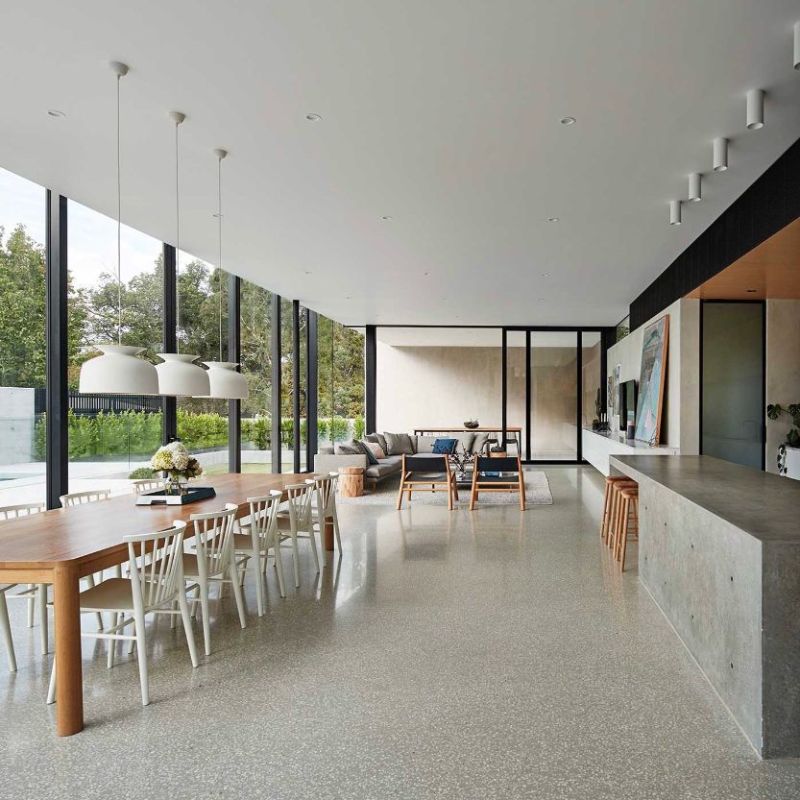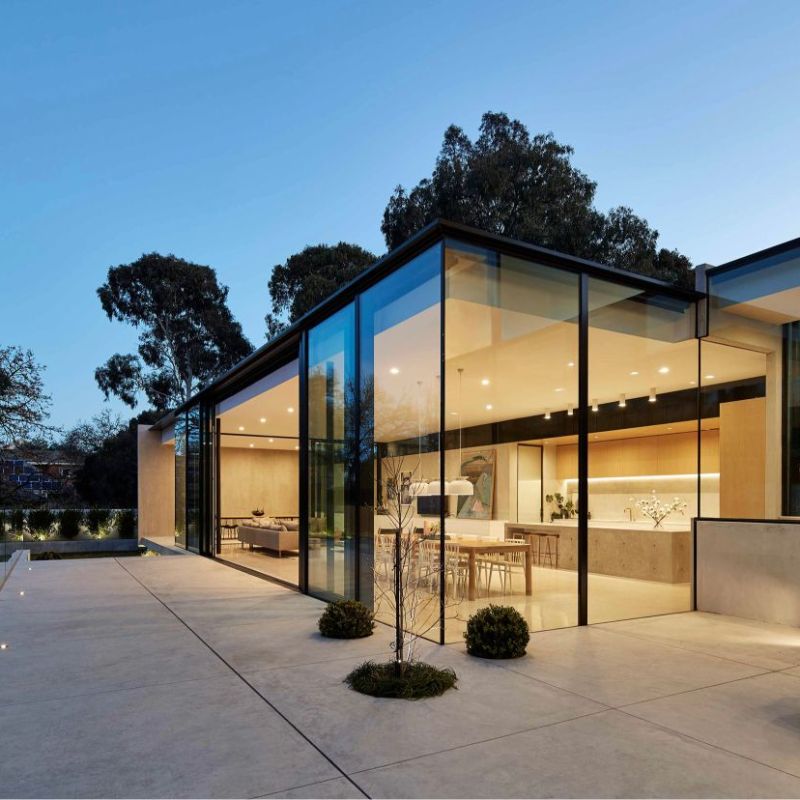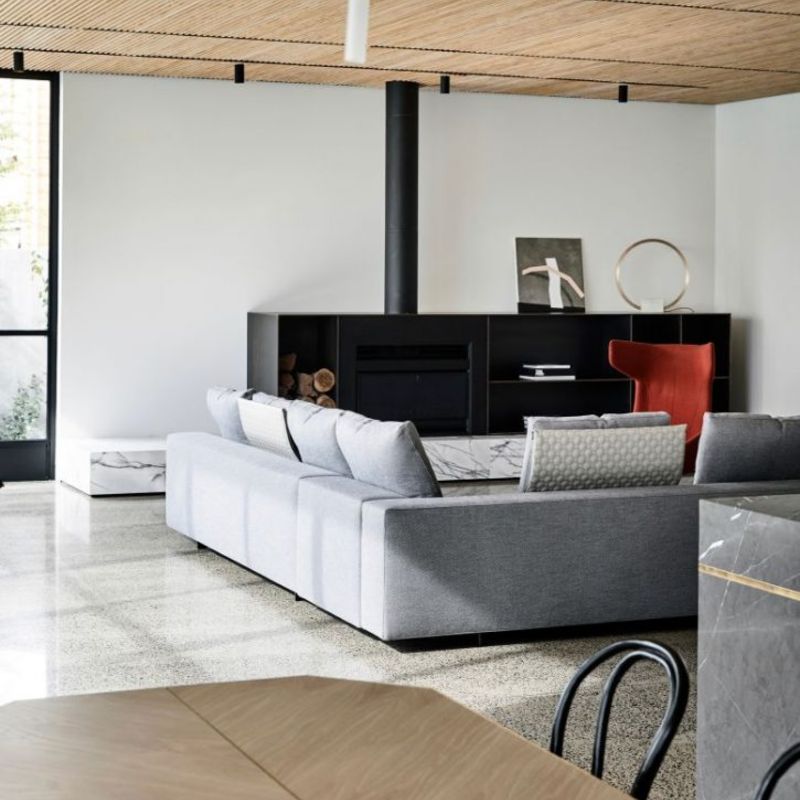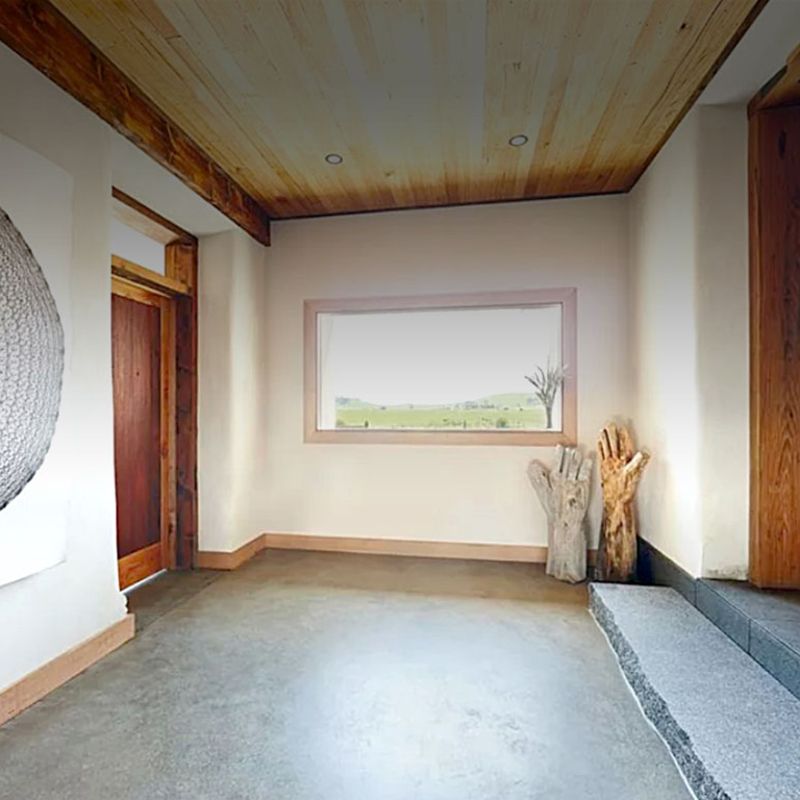
How to Do Exposed Aggregate Concrete
4 Ways You Can Get Exposed Aggregate Concrete
Brushing and Washing
This is the cheapest way to get exposed aggregate concrete, and you will need nothing more than a broom, a water spray, and a trowel. Once you’ve laid your concrete, and it’s firm enough not to sink the pebbles, seed your aggregates onto the surface, then use a trowel to push down the pebbles gently.
Proceed to spray the surface mortar with water and brush a thin layer away using a broom until you see that the aggregates are exposed at an acceptable depth. The final step is staining the surface after it has completely hardened. Keep in mind that because timing is so crucial with this approach, it is typically applicable for smaller areas.
Abrasive Pressure Washing
Chemical Surface Retarder
Concrete Grinding
Which is the best option for me?
The answer to this question depends on the result you want out of this project. If you want to achieve an exposed aggregate concrete simply to satisfy a new DIY curiosity and you’re only planning to do it on a small surface, stick to brushing and washing.
Chemical surface retarders might also be helpful and accessible to you in that case, but be sure to do your research and follow the safety precautions that come with it.
Abrasive blasting might not be a safe DIY endeavour unless you have the tools and the experience for it. Besides, as mentioned, this method yields the least aesthetic result.
If you want an exquisite exposed aggregate finish to add some pzazz to your place, concrete grinding might be the best choice for you as it works great for areas that need smoothing or levelling. The additional polishing stage will also produce a shimmering surface that might exceed your expectations. You can do it yourself if you’re handy with a grinder, but otherwise, you can hire a professional contractor to do this.
Contact Ultra Grind Today
Exposed aggregate concrete is a beautiful finish that could add beauty and interest to any home or business property. This is achievable if you wish to do it on your own, but it might require some special skills and equipment.
Ultra Grind has been installing exposed aggregate concrete for years, so we know what works and what doesn’t. Our skilled team can help you choose the perfect materials, from decorative concrete to incredible-looking aggregates. We guarantee a stunning surface for driveways, patios, or pool surrounds. If you want to learn more about how exposed aggregate concrete can help beautify your property, contact us today!




